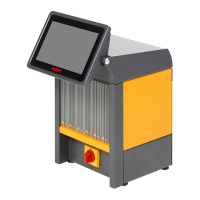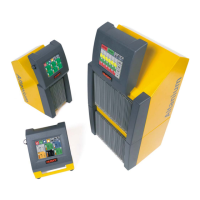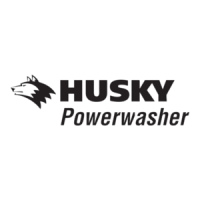What to do if I have a ground fault error on my Husky Altanium Neo5 Temperature Controller?
- KKaren KnightAug 13, 2025
If you encounter a ground fault error, inspect the cables and mold using an ohmmeter or insulation resistance meter, referring to the mold's electrical prints. While it's likely not a controller issue, inspect the connectors on the back. Try swapping the card with a known good one; if the error disappears, replace the original card. If you suspect moisture, set the zone setpoint to 200°F (93°C) to bake out the moisture from the heater.



